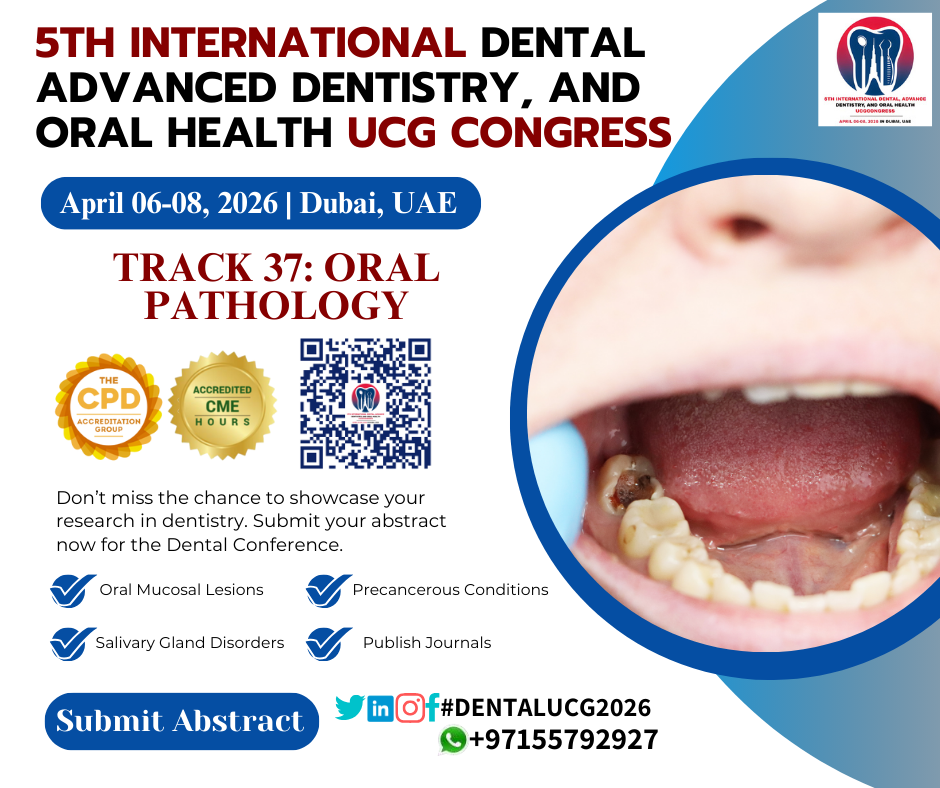Oral Pathology refers to the study of diseases and conditions affecting the oral and maxillofacial regions, including the mouth, teeth, and surrounding tissues.
The contents of Oral Pathology typically cover the following areas:
1. Introduction to Oral Pathology
- Definition and scope
- Importance in dentistry and medicine
- Diagnostic techniques
2. Basic Principles of Oral Pathology
- Cellular and tissue changes in disease
- Inflammation and tissue repair
- Immunologic mechanisms
- Neoplastic growth and its classification
3. Oral Lesions and Diseases
- Benign Lesions:
- Cysts (e.g., odontogenic cysts)
- Fibromas
- Hemangiomas
- Papillomas
- Malignant Lesions:
- Squamous cell carcinoma
- Salivary gland tumors
- Lymphomas
- Infectious Diseases:
- Fungal infections (e.g., candidiasis)
- Bacterial infections (e.g., tuberculosis)
- Viral infections (e.g., herpes simplex)
- Developmental Disorders:
- Amelogenesis imperfecta
- Dentinogenesis imperfecta
4. Oral Cancer
- Etiology and risk factors
- Common types of oral cancer
- Diagnostic methods (e.g., biopsy, imaging)
- Staging and prognosis
- Treatment options (surgical, radiation, chemotherapy)
5. Oral Infections and Inflammatory Diseases
- Periodontal diseases (gingivitis, periodontitis)
- Periapical lesions (abscesses, granulomas)
- Salivary gland infections (sialadenitis, mumps)
- Oral manifestations of systemic diseases (e.g., HIV/AIDS, diabetes)
6. Oral Manifestations of Systemic Diseases
- Diseases like diabetes, anemia, HIV/AIDS, and systemic lupus erythematosus
- Osteoporosis and its oral manifestations
- Vitamin deficiencies (e.g., scurvy, B12 deficiency)
7. Diagnostic Techniques in Oral Pathology
- Clinical examination
- Radiographic imaging (X-rays, CT scans)
- Laboratory tests (e.g., blood tests, biopsies)
- Molecular diagnostics (PCR, gene sequencing)
8. Oral Pathology of the Teeth
- Dental caries
- Pulpal diseases (e.g., pulpitis, necrosis)
- Tooth eruption disorders
9. Treatment and Management of Oral Diseases
- Surgical interventions
- Medication (antibiotics, antifungals, antivirals)
- Dental restorations and prosthetics
- Prevention and oral hygiene
10. Forensic Oral Pathology
- Role in forensic science
- Identification of individuals based on oral characteristics (e.g., dental records)
- Bite mark analysis
11. Recent Advances in Oral Pathology
- Molecular biology and genetic research
- Advances in diagnostic imaging
- New treatment modalities (e.g., gene therapy, stem cell research)
This is a general outline of the contents in Oral Pathology, which can be expanded or modified depending on the curriculum or research focus.





